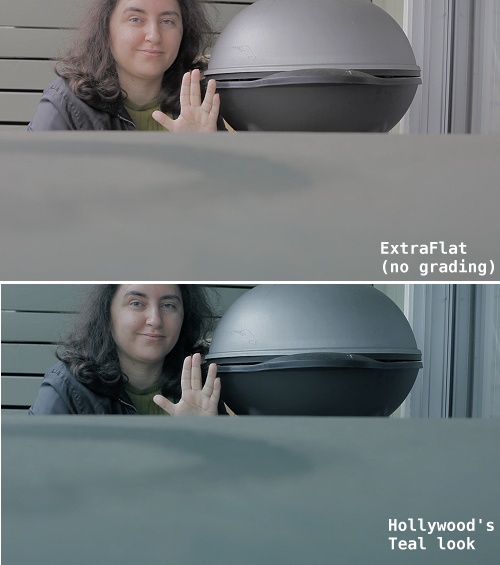Why Canon instead of a Panasonic video P&S digicam
I use semi or pro cameras these days, but I’ll always be a proponent of “you can do the same with less”. A number of people have emailed in the past year asking me which HD video-capable P&S digicam they should buy. I reply to them suggesting either the Canon SD780 IS or the SX200 IS, depending on their budget. Only to come back to me, within 24 hours, and say “but, but… what about this Panasonic model?”. Honestly, that’s pretty annoying. So I decided to write this blog post to explain why *for video*, a Canon HD digicam is better than any other in the sub-$300 range.
Image quality
Panasonic uses better lenses in most of their HD sub-$300 models, and worse in few others. However, Canon uses 24 mbps bitrate, while Panasonic uses 17 mbps (the format internally is essentially the same, AVCHD-Lite or not). Winner: Canon for footage with more movement, with possibly Panasonic being the winner for static scenes. So it’s a bit of draw here, it highly depends on the model in question.
Low light
Panasonic wins. While the sensor size is the same in the modern crop of P&S cams, Canon has been quite bad in low light lately. That Digic4 chip wasn’t all that it was hyped out to be.
Zoom while recording
Only one model from Canon, the SX210 IS, supports optical zooming while recording. However, as I have explained in the past many times, if you’re doing artistic and not random family videos, then you should not be zooming while recording. It’s a home-video tell-tale sign. Anyways, this goes to Panasonic.
Color Controls
Canon wins hands down. They offer sharpness, contrast, saturation, skin color, and even individual R, G, B manipulation, which can help you get the film look right out of the box! Shooting “flat” also has extreme value when color grading. Panasonic’s color controls pale in comparison. And even their most “flat” mode is not flat enough. It’s high-jacked on saturation and contrast like a 50-year old hooker.
Exposure and lock
Both Panny and Canon have exposure compensation support, but Canon goes one step beyond, by letting you lock exposure. Without locking, your video will look like amateur home video. It’s the No1 feature I personally look into a camera. Without this feature, there’s no sale for me. Even if you give me such a camera for free I wouldn’t touch it.
Manual Focus and lock
Some Canon cams, like the SX200/SX210 IS, have the ability to precisely control the focus (rather than just “macro”, “normal”, “infinity”). For these cams, Canon wins, for the rest, it’s a draw I guess.
Now, if you count the wins and the draws, the two manufacturers almost even out. However, except the zooming while recording (which is a feature that as a filmmaker I couldn’t care less about), Panasonic didn’t win anything with a big lead. Canon on the other hand gets ahead with its color controls and exposure locking (which as I explained is the No1 feature for me). So for the kinds of videos I shoot, and the kinds of videos I encourage people to shoot, Canon has a clear advantage, even if they don’t do everything right. It’s all about what kinds of videos you shoot, so different features have different weight. And I can only speak for the kinds of videos I do.
Now, if you just want to shoot the cat tormenting your dog, or your grandmother putting her teeth back, then a $70 Kodak Zi6 will do the job too. No reason to spend more in that case.
The next step for both manufacturers would be to offer selectable 23.976, 25.00, and 29.97 fps. Full manual control is almost impossible in video mode in these digicams (various hardware constraints), but frame rate selection is not. An adapter hook for a filter thread wouldn’t be a bad idea either, so this way we could somewhat control the outdoors high shutter speeds by using ND filters.




